Sonic had a rough transition to 3D.
That’s how I’m supposed to start these 3D Sonic game reviews, right? I probably lost half of you with this silly joke, but addressing this felt like a good way to start this review, because: no, obviously Sonic did not have a “rough transition to 3D.” The franchise’s early 3D adventures were received well by critics and fans, were widely regarded as highlights of the Dreamcast’s library, and remain some of my personal favorites.
That said, those games certainly did have issues, and while SEGA’s efforts at addressing them resulted in some great games (like Sonic Generations and Colors), this quality came at the expense of alternate playable characters and fully 3D levels.
SEGA HARDlight’s Sonic Dream Team is the first Sonic game in 17 years to feature all of these elements, in a game that feels less like a reinvention than a culmination of all of the things that have generally worked for Sonic in the past. Does this mobile game succeed where many of Sonic’s past console efforts have failed?
Well, yes. It does. Albeit with some caveats which we’ll get into later. First of all, I want to make one thing clear: Sonic Dream Team is fun. It scratches itches that a Sonic game hasn’t reached in decades. It has a spectacular flow thanks to smooth controls and levels built around prioritizing combining speed, platforming, and chaining actions together. This, in turn, makes the levels borderline addicting to replay and master.
Dream Team also incorporates Sonic’s friends better than any 3D Sonic has… well, ever. Rather than building unique movesets, gameplay styles, and levels for each character, Dream Team instead draws on what the classics did: it made them 'Sonic with extra moves'. Tails, Cream, Rouge and Knuckles can all do the homing attack, they can all boost, and they can all use grind rails, and it feels great. Tails and Cream’s flight controls quite well, and mixing the homing attack with Tails and Cream’s flight feels especially nice, allowing for a chaining of the two moves during level traversal.
Unfortunately, while Cream and Tails' flight works great, Knuckles and Rouge’s glide represents the one blemish in the way this game controls. The move got a pretty serious downgrade from Sonic Adventure 2, as they both begin losing altitude way too quickly and will drop like rocks after a few seconds. Thankfully, you can also home in on things out of a glide. I understand the need to balance their glide for Dream Team’s levels, but this seems like a bit of an overcorrection. The climbing, on the other hand, is the best it’s felt since SA2, though it is unfortunately limited to specific climbable panels.
On the whole, this is the best these characters have felt in 3D in years, easily outclassing Sonic 2006 and Sonic Frontiers’ The Final Horizon DLC (Knuckles glide from the December patch aside). But, great movesets mean nothing if the game isn’t built for them, and this is another area where Dream Team surpasses its predecessors: each level provides unique paths and obstacles for each of the three character types, essentially taking another page out of the Classic Sonic book.
Sonic and Amy get the most basic, platforming heavy paths, relying mostly on their homing attacks to get around. They do get to take special lightspeed dash ring paths, which effectively just acts as another thing to home-attack. Tails and Cream can utilize their flight to get around any of the levels, but their altitude is limited. Core to their level paths are special rings that refill their altitude meter, allowing them to fly higher and further to reach platforms out of reach of everyone else.
Finally, Knuckles and Rouge’s unique paths mostly center around their ability to climb. Between the various branching paths and character-specific level mechanics, Dream Team provides more than enough reason to go through these levels multiple times as each character type. Which is good, because… Dream Team’s basic structure requires these levels to be replayed a lot.
Dream Team’s structure isn’t so dissimilar from Super Mario Sunshine: each level has multiple missions. Each of these award a dream orb upon completion, before booting the player back to the level select menu. A certain number of dream orbs are required to unlock the next stage, meaning multiple missions need to be completed for the player to advance. Generally, each act starts with one mission, which unlocks a further four upon completion. There are five mission types, including:
- Get to the Goal: self explanatory.
- Collect the Dream Orb: a smaller platforming challenge within an act that adds platforms and obstacles, with a dream orb to grab at the end of it.
- Reach Each Checkpoint in the Time Limit: has you rushing you to reach pink rings, forcing you to take a specific path through a level
- Reach the Goal in the Time Limit: again, self-explanatory, though the location of the goal can be different from the first mission
- Collect Dream Orb Crystals: you need to collect 6 crystals in a single area, usually by completing little platforming challenges.
These mission types can be character-type specific, cover only certain parts of a level, or otherwise require you to take a specific path. They're designed around two things: getting players to see everything a level has to offer, and making sure the player has mastered the level. Missions typically get progressively more difficult, with the checkpoint and timed missions benefiting from increased player familiarity with the level. The more you advance through the game, the more missions get unlocked. While Dream Team is, on the whole, a pretty easy game, it’s in these later missions (especially in the later levels) where the game’s challenge lies.
The progression being centered around completing missions is also where I could see some players getting tired of the game: you need to replay these levels a lot. While you don't need to play every mission, you will need to play most, since the dream orb threshold to advance tends to be pretty high. You will ultimately need 70 percent of the game's dream orbs to beat it. If you aren’t the type who likes to revisit Sonic levels to explore other paths or get better times, you may find Dream Team will get increasingly repetitive. This is not an issue I’ve personally had, but I’m the sort of person who still plays levels in SA2 and Generations that I’ve played hundreds of times, purely for kicks and a better time.
I do think the missions for each act are varied enough that they can mostly stave off that feeling of repetitiveness, especially since some require you to use certain characters or take certain paths you may not have otherwise seen. Personally, out of all the ways Sonic games have found to increase their length, this is among my favorites.
In addition to missions, Dream Team also has two types of collectibles that can be found in each act's first mission: red star rings and blue coins. Each act has 5 red star rings to find, which gain you an additional dream orb, and 30 blue coins, which gets you trophies. These collectibles provide a fun little additional reason to replay the levels, especially since they are often placed on more difficult paths or in more out of the way places, even though the rewards for collecting them aren't especially great.
So, Dream Team is a lot of fun, with varied levels that play great, a decent number of collectibles, and missions that are consistently fun. Sounds pretty great, maybe even too good to be true for a 3D Sonic mobile platformer announced a month before release. Any vigilant Sonic fan is waiting for the other shoe to drop here. Well, here it is: it’s a mobile Sonic 3D platformer.
Yeah, I know, that didn’t explain anything, did it? Apologies for being a bit cheeky, let me explain: Sonic Dream Team is an inherently simple experience. While I think this can benefit Sonic game design in a lot of ways, and certainly has here, this inherent simplicity comes with some drawbacks.
Starting on the small side, everything being super magnetic and sticky means that, unlike some other fully-3D Sonic games, like the Adventure titles, there generally isn’t any room for shortcuts. You can’t blast up the level geometry for level skip tricks, limiting your speed-running options. Personally, I’ve always preferred polish over stuff like this. Your moves are also limited: there is no spindash, or bounce attack, which inherently limits your traversal options. These aren’t moves I missed in the boost games, but I generally prefer to have them in my fully-3D Sonic platformers.
However, a mobile game needs this magnetism, and this more limited moveset. It's required to ensure things play well on a cell phone with touch controls. So I can’t say I really fault Dream Team for any of this - but these are things people expecting a console experience should be aware of.
Furthermore, if you’ve never cared for touch controls or otherwise don’t have experience with them, this is not the game to sell you on them. I tried out the touch controls for a few levels on my iPhone, and I’m never going back. If you’re playing this on a phone, get a controller solution! I personally got a PS5 controller phone mount. It was $13, and it works great.
Dream Team’s big issue, and the main thing that will drag down its score, is that it has little in the way of level gimmicks. Great Sonic games live and die by their level design, but the best Sonic games have memorable level set-pieces and gimmicks that set each zone apart. This is something games like Sonic 3, Sonic Mania, and Sonic Adventure 1 & 2 all excel at, but Dream Team simply doesn’t measure up here.
It's not completely devoid of them - Dream Factory Zone feature presses that move up, which you can leap off of with enough momentum, and Nightmare Zone can change its center of gravity to the walls and ceiling. But while these are fun twists, they aren’t transformative to the level design, like the best Sonic stage gimmicks are.
Instead, Dream Team’s level design is mostly focused on being iterative of the core gimmicks and mechanics introduced in the first level. In fairness to Dream Team, these core gimmicks are extremely fun and good to iterate on, but in a game that already has you playing through the same levels and themes a lot, this is yet another way things aren’t distinguished from one another. As well designed as Dream Team’s levels are, the lack of really good gimmicks hold them back.
I’ve talked a lot about the zones and missions because they make up the bulk of Dream Team’s gameplay, but there are bosses to fight! On the whole, these bosses are cute, but simple, with the first three each built to cater to a specific character type. I especially like the the blow up crab, Dr. Crabulous. In terms of gameplay though, only Dream Team’s latter two bosses left much of an impression on me. While they don't leave much of an impact, the bosses are harmless at worst.
Finally, once you’ve played all the stages and missions and collected all the things that Dream Team has to offer, you still have one more reason to come back: Tails Challenges. These are weekly tasks that rotate every week, and are essentially variations of the game’s existing mission types. Completing these earns you XP and Points towards your score. XP gets you weekly rewards, which have so far just been character trophies, while Points go towards your overall score, which goes on the game’s global leaderboards. Can’t say this is a mode I’ll be using much.
Visually, Dream Team is vibrant and colorful. The level themes make decent use of the game’s dream world setting, with locations ranging from a beach covered in rubber blow-up structures to a trippy nightmare forest. On Apple Arcade’s most advanced hardware (such as the latest iPhone Pro or an iPad Pro 2022 model), the colors really pop and the frame rate is as smooth as butter. Coming off of Sonic Frontiers and Sonic Forces’ more muted color schemes, the vibrancy of Dream Team’s levels are a breath of fresh air, and are much closer to how I prefer my Sonic games look.
That being said, the visual experience won’t be the same for everyone. My experience on the Apple 4K 2022 model was a little mixed, with frame rate issues occasionally arising on the default graphics settings. Luckily, it’s possible to change both the overall graphics fidelity and the resolution. I found that either knocking the graphics down to medium, or the resolution down from 1.0 to 0.7, generally made for a more stable experience.
The game fares far poorer on the least powerful compatible platforms. My experience on the Apple TV HD 2015 was rough, with the game itself sometimes just outright freezing for a few moments, especially at the start of a level. The frame rate could also be unsteady, and the resolution is set so low that it basically looks like a 3DS game unless your TV has a good built-in upscalers. My experience on my old iPhone 7 was only marginally better, with far fewer freezes and the framerate feeling a little more steady. Though this may be due to certain things being less noticeable on a small screen.
Nevertheless, the game was still quite playable, even on these platforms. If a low-end Apple device is the only way you can experience this game, I still say try it. Just know that this isn’t the ideal way to play Dream Team.
Music is generally one of those things I struggle to write about, unless I have a strong opinion. I do not have a strong opinion of Dream Team’s soundtrack. So I’ll just say this: I think it sounds nice. Michael van den Bos put out some solid stuff. The ambient versions of each zone’s music is definitely some of the most memorable music in here, and Tee Lopes’ track is the OST highlight. But on the whole, I don’t see myself listening to any of this outside of the game itself.
Sonic Dream Team is the dream Sonic game I wanted back in 2007. After years of seeing Sonic games deteriorate, especially with Shadow and Sonic 2006, I became increasingly desperate for a back-to-basics game. Something that didn’t reinvent the wheel with new gimmicks, or include loads of different, inferior gameplay styles I didn’t like as much.
I wanted something that was just 3D Sonic speed gameplay, polished to a shine and without anything glitchy or extraneous. I wanted something colorful, with a lighthearted plot written by that Ian Flynn guy who was writing all that great stuff for Archie. The boost games reduced my desire for such a game, but I guess it never really left, because that game now exists and I can’t put it down.
But it’s no longer 2007. It’s 2023, and I have higher expectations for a 3D platformer these days. As a result, the lack of level gimmicks is undoubtedly a problem, and keeps Dream Team from standing with the very best Sonic has to offer. Even so, there is a lot for Sonic fans to enjoy here.
Whether this game is worth buying an Apple device for is ultimately up to you and your finances. But if you already own an Apple device, and you don’t find the issues I highlighted to be dealbreakers, then I think it is absolutely worth getting an Apple Arcade sub for, at least for a month or two.
So, for a final verdict and score, I think it’s worth framing this game in a couple different contexts. If this were a full priced console experience, I would rate Dream Team a 3.5/5 due to its lack of length and level design gimmicks. As a purely mobile experience? A 4.5/5, as this is without question one of my best mobile gaming experiences.
But Dream Team is neither of these things. It’s part of a monthly $7 subscription service, can be played both on mobile and on the TV, with a controller or a touchscreen, and at this price point and with these platforms, I give Sonic Dream Team a 4 out of 5.
Dream Team is great for what it is, a stellar addition to the Apple Arcade library, and a solid 3D Sonic game. It compromises shockingly little despite its mobile roots, and while there’s still room for improvement, I am quite content with it. Here’s hoping the people over at SEGA HARDlight get to do more Sonic games like this, ideally not as Apple Arcade exclusives.
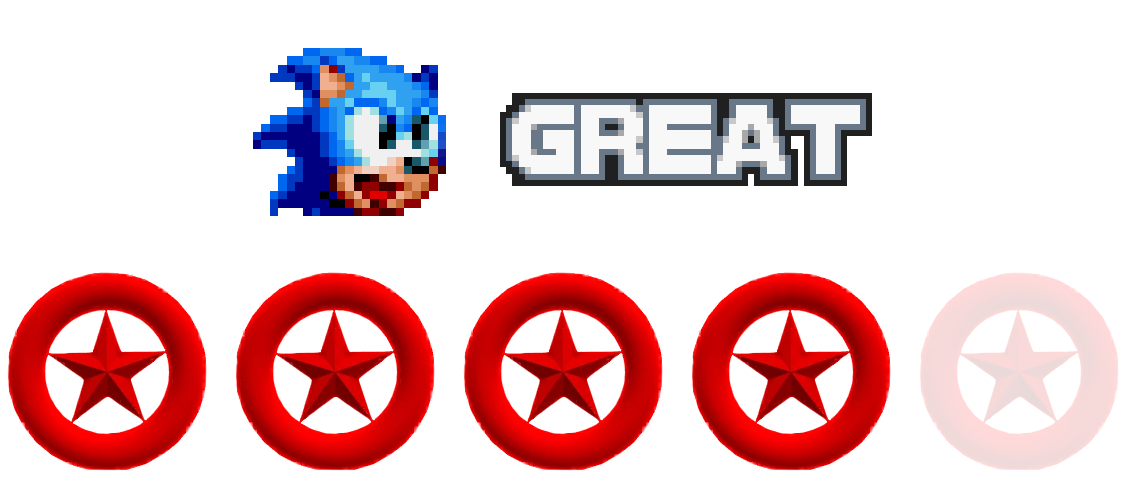
-
 5
5
-
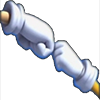 1
1


















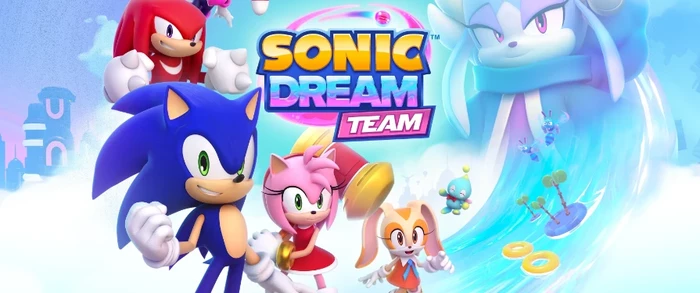
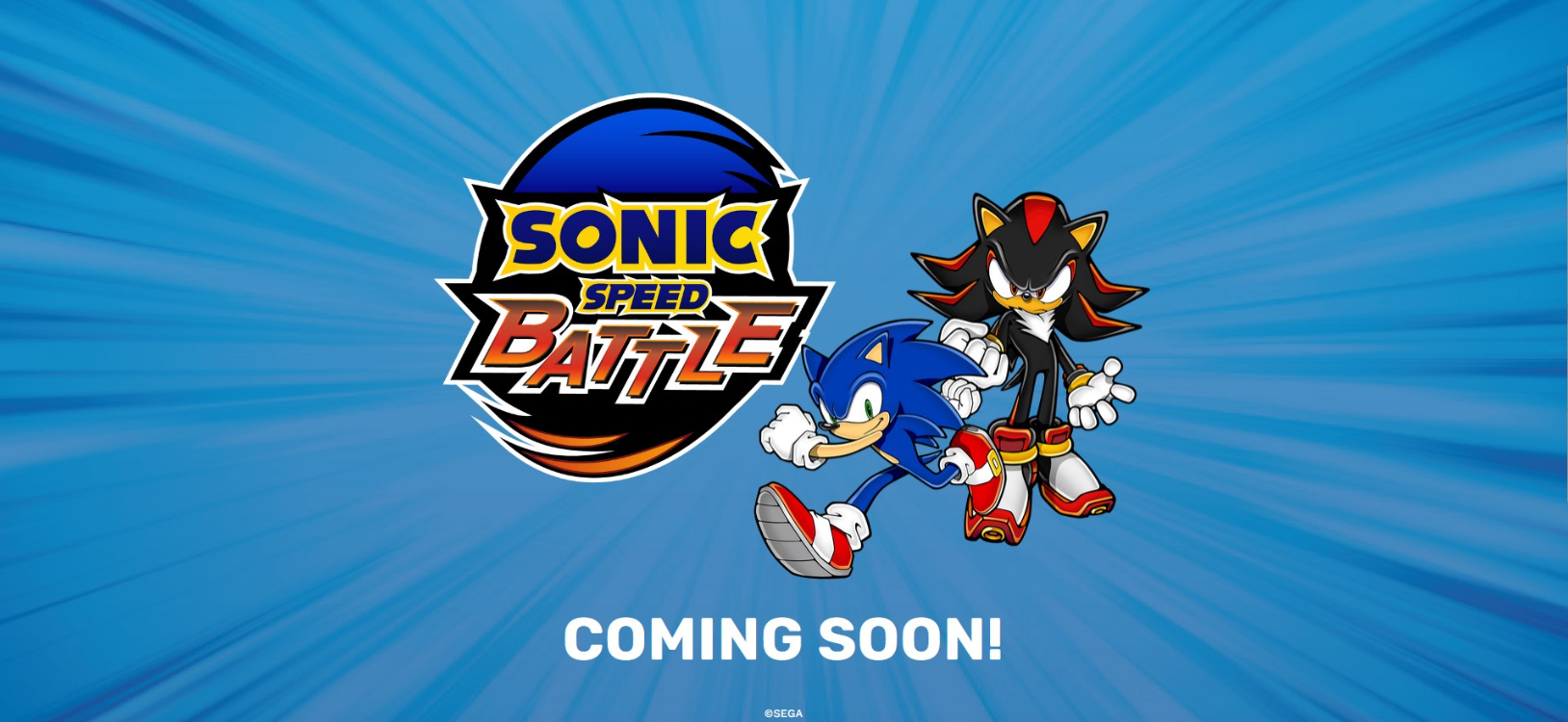
.png.b6f886a9e72ef979d1123d7a48dd2874.png)

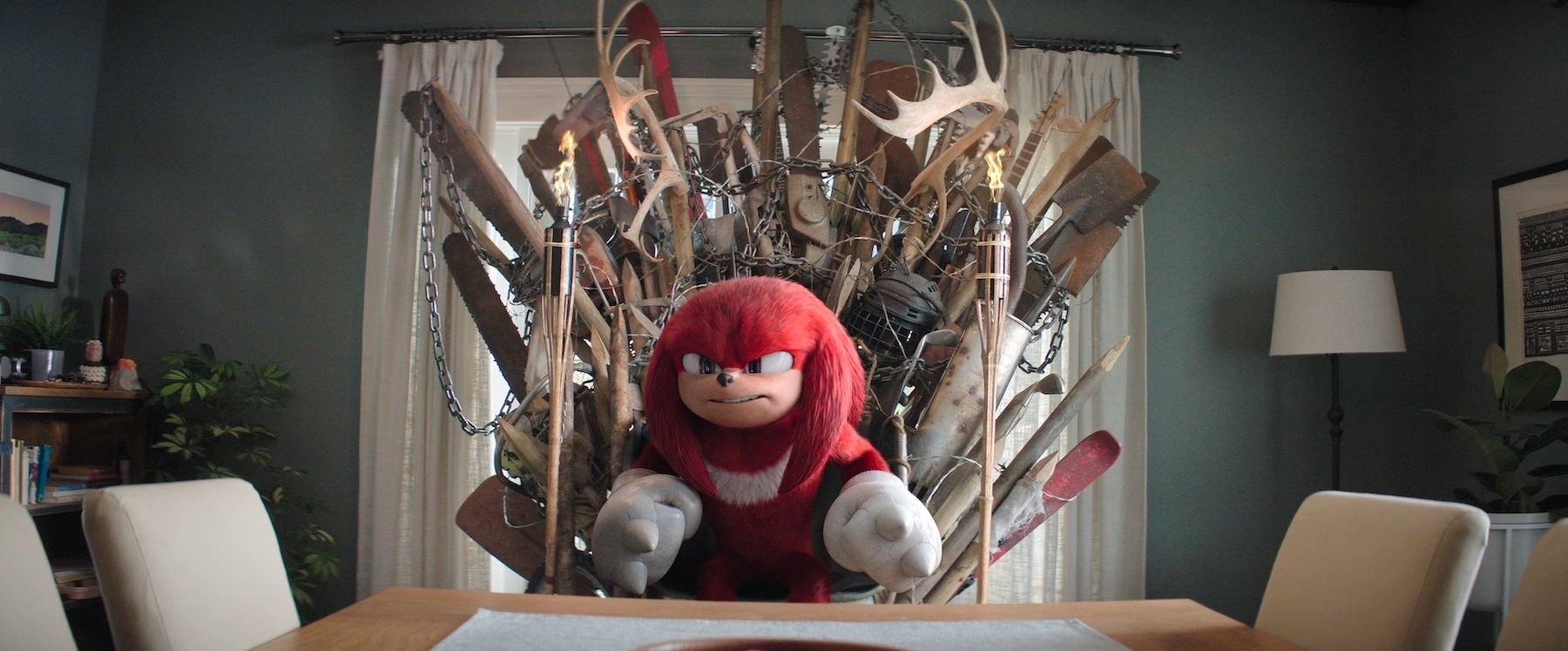
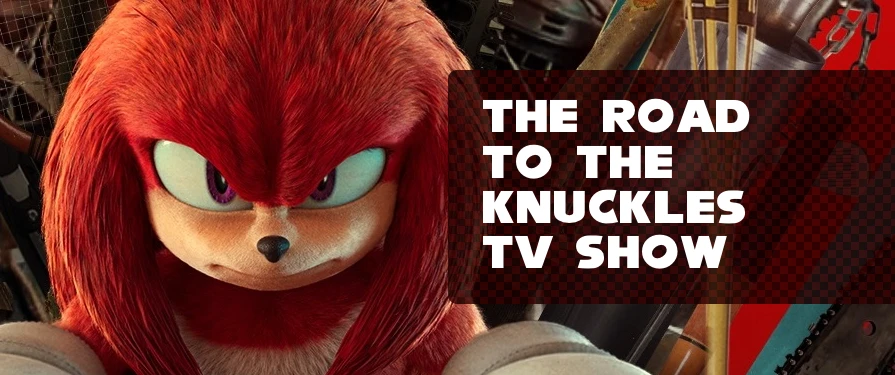
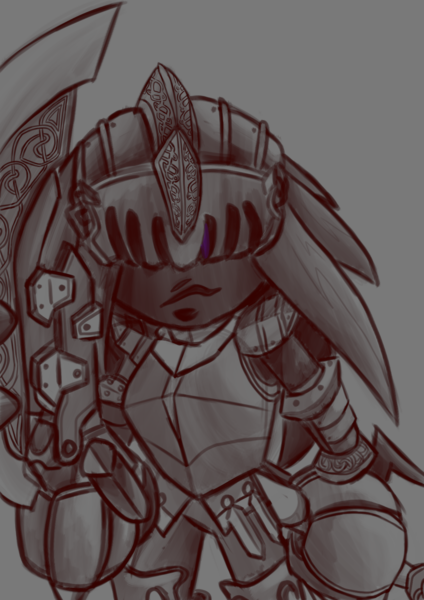
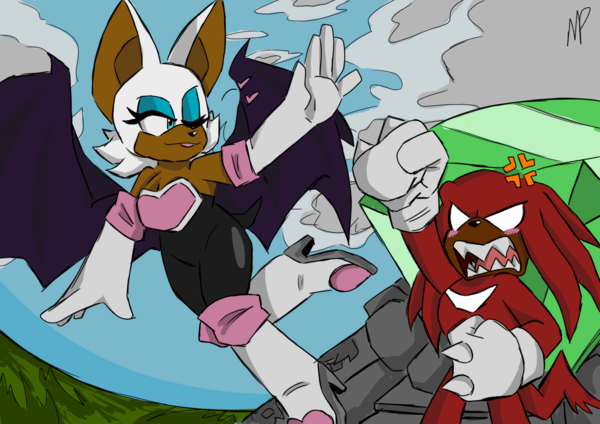
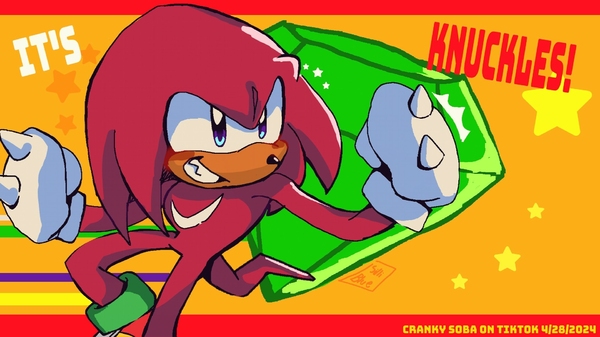


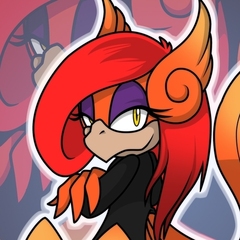


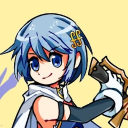
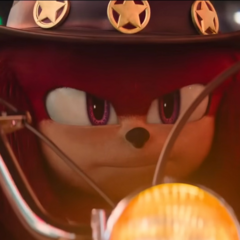
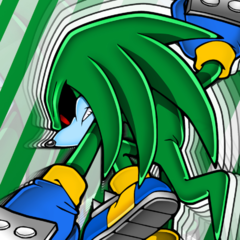
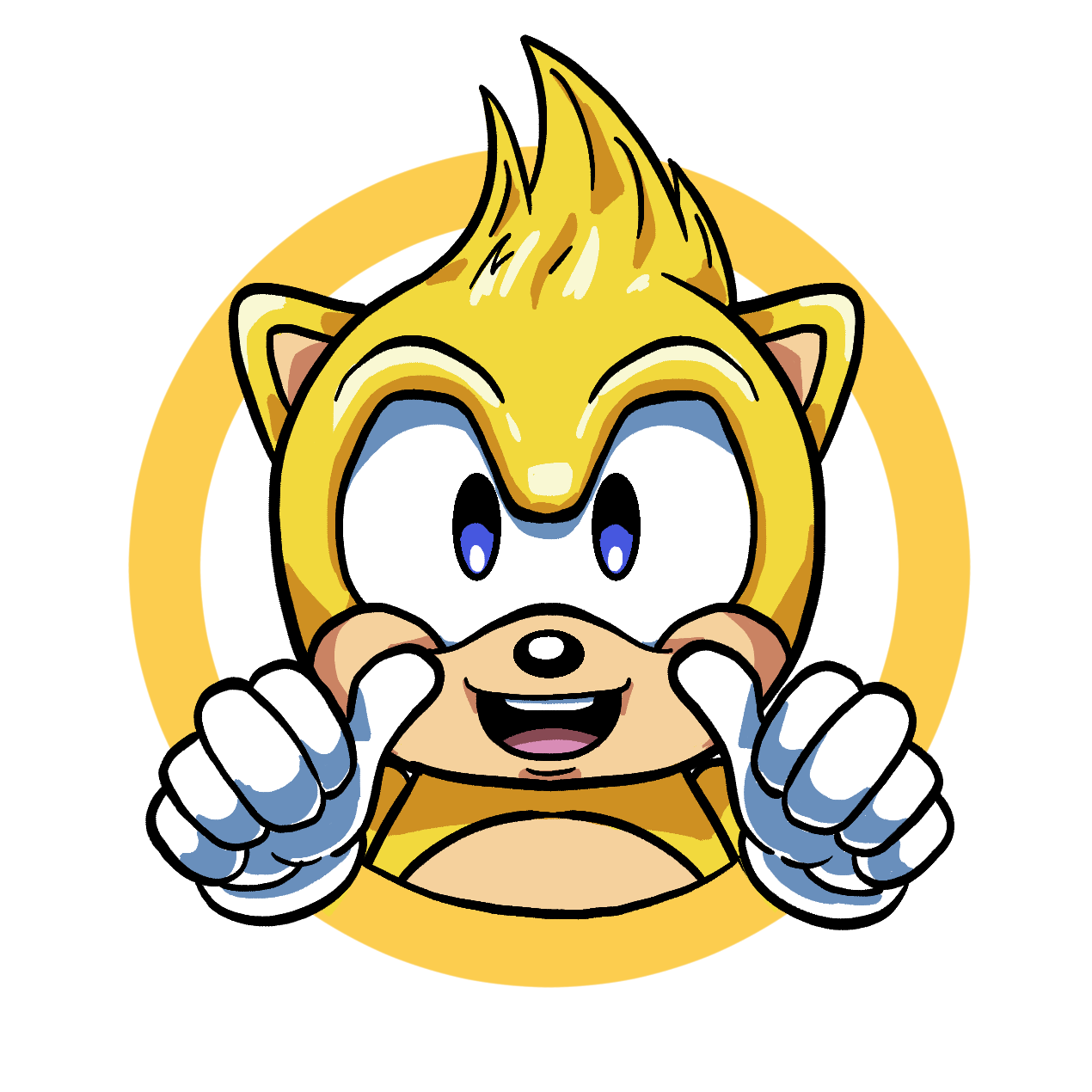
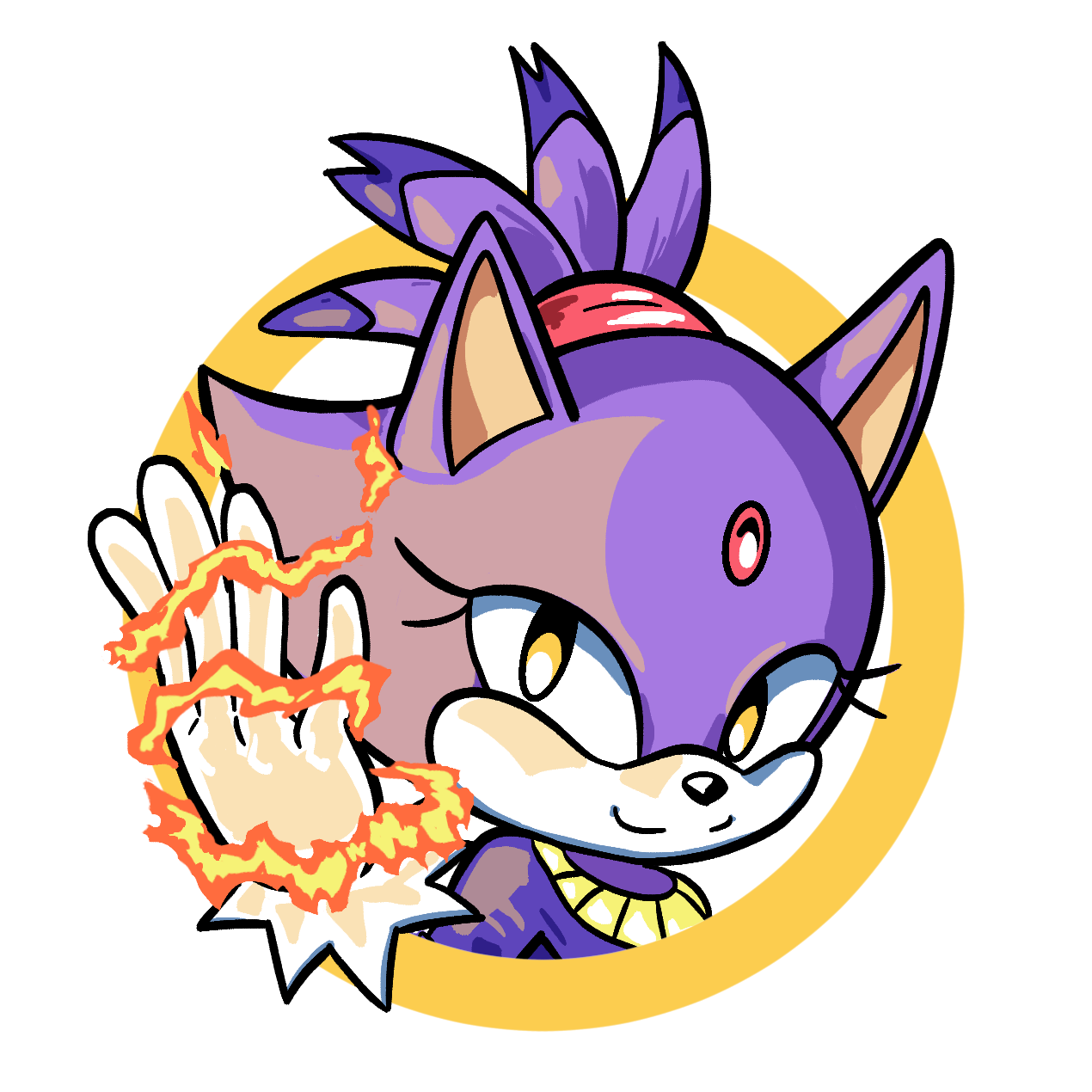
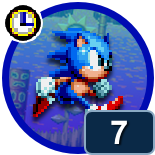
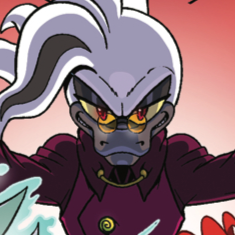
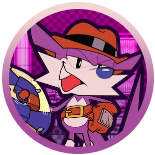
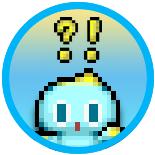
Recommended Comments
Create an account or sign in to comment
You need to be a member in order to leave a comment
Create an account
Sign up for a new account in our community. It's easy!
Register a new accountSign in
Already have an account? Sign in here.
Sign In Now